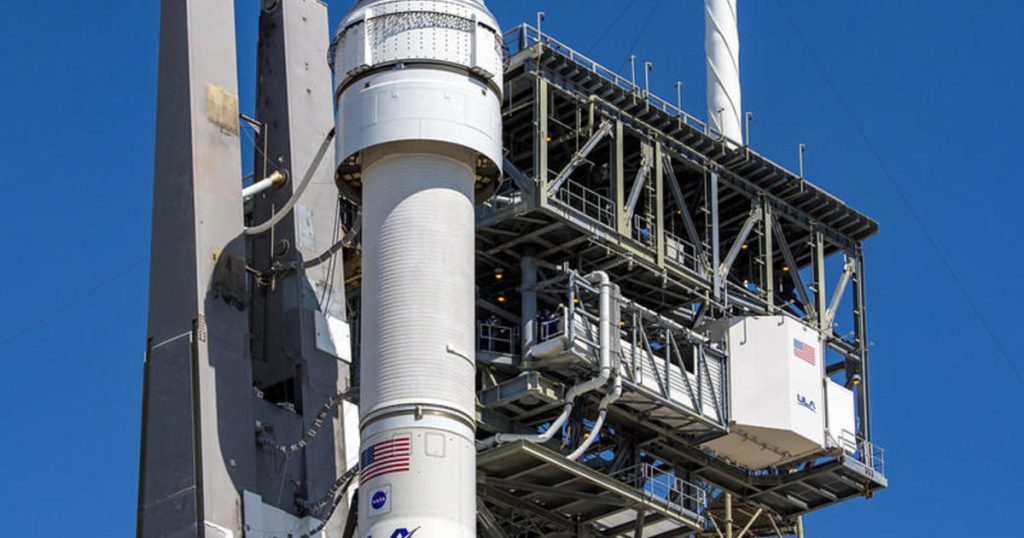The launch of Boeing’s Starliner spacecraft on its first piloted test flight is facing a delay until at least June 1 due to a small helium leak in the capsule’s propulsion system. This delay is necessary for engineers to assess the impact of the leak on all phases of flight. The Starliner has been plagued by multiple problems leading up to its first Crew Flight Test, which is now slipping nearly a month beyond its initial target date of May 6. Already behind schedule and over budget, the road to launch for the Starliner has been challenging.
One of the main issues leading to the delay is a helium leak in the Starliner’s service module. The leak was detected during the May 6 countdown, and although initially considered within acceptable limits, further analysis revealed the need for a more comprehensive assessment. Helium is used to pressurize the spacecraft’s propulsion system, and the leak could potentially affect the thrusters used for launch aborts, orbit maneuvers, and re-entry. NASA is working to ensure that the leak will not worsen during flight and is conducting a thorough analysis to understand the potential impacts.
To address the issue, mission managers are carrying out a second flight readiness review in the coming days. In the meantime, the crew members, mission commander Barry “Butch” Wilmore and co-pilot Sunita Williams, are practicing procedures in flight simulators at the Johnson Space Center. Once cleared for launch, they will return to Florida for the planned launch on June 1. The crew’s mission includes docking at the International Space Station and returning to Earth at White Sands, New Mexico. If successful, the Starliner could be certified for operational crew rotation flights next year.
NASA is emphasizing the importance of fully understanding the complexities of the propulsion system issues and ensuring the redundant capabilities of the Starliner are sufficient for human-rating certification. The results of the upcoming flight readiness review will determine whether the mission commander and co-pilot can proceed with the test mission. Steve Stich, manager of NASA’s Commercial Crew Program, stressed the need for thorough review and flight rationale before proceeding with the launch. The success of the Crew Flight Test will be critical for the Starliner’s future operational crew rotation flights.
Overall, the delay in the Starliner’s first piloted test flight is a setback in Boeing’s efforts to catch up on its schedule and budget for the spacecraft. The challenges faced during the pre-launch phase highlight the complexities and risks associated with spaceflight. NASA and Boeing are working together to address the helium leak issue and ensure that the Starliner is ready for its Crew Flight Test. The success of this mission is crucial for both Boeing and NASA as they aim to certify the Starliner for operational crew rotation flights to the International Space Station in the near future.


